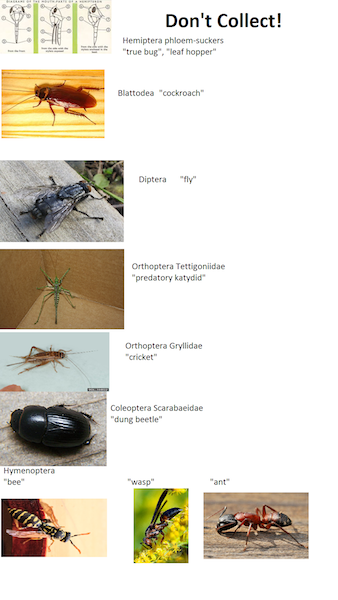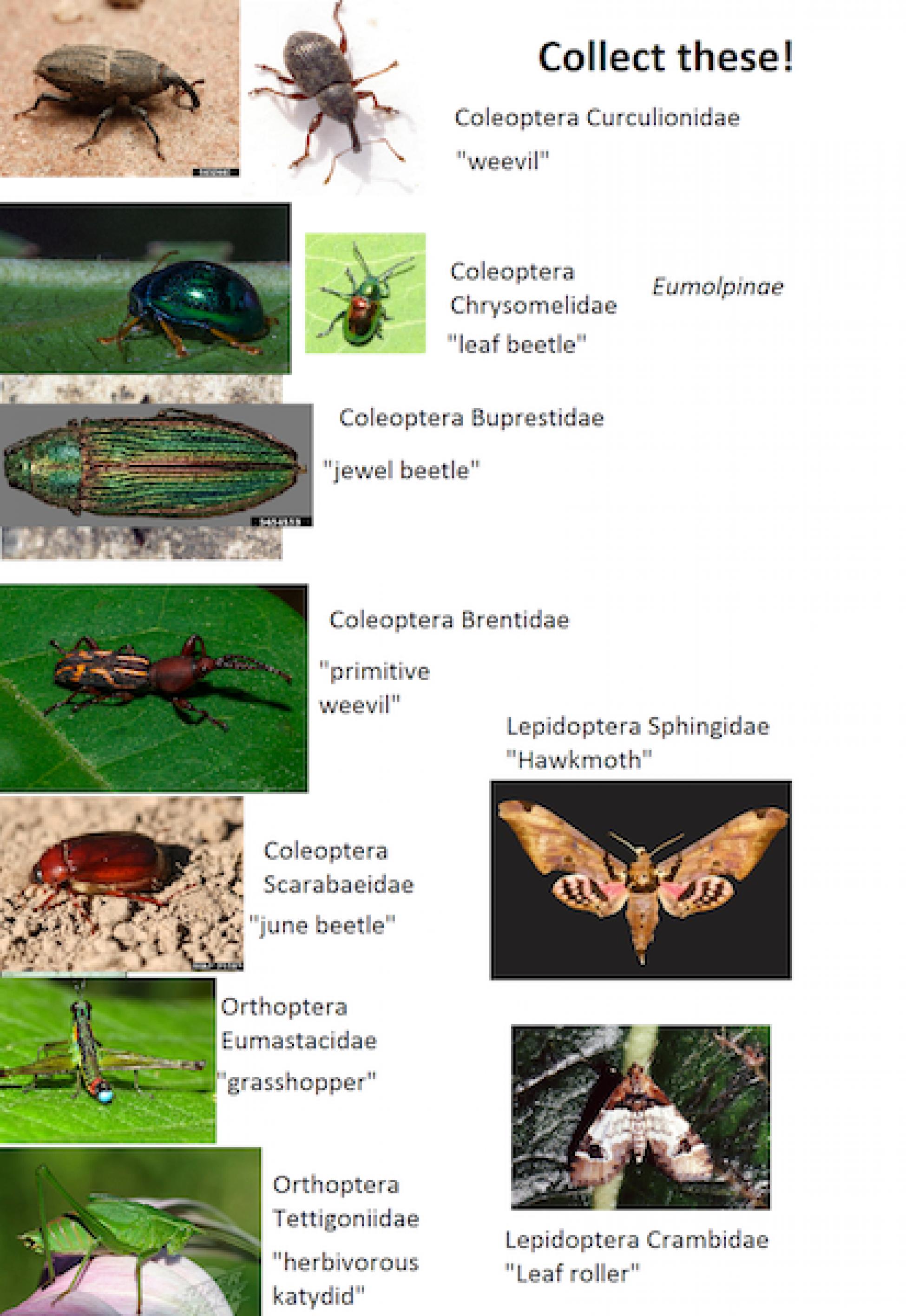Summer is my favorite season. I have always looked forward to the time when I would see the waxing and waning glows of fireflies and follow them, hypnotized. That was when I knew summer had arrived.
Though I notice ants, bees and dragonflies—and I do not shy away from them, fireflies are the only bugs I have collected before, but soon I must retract this statement. A major part of the fieldwork for “consequences of natural enemies for the chemical composition of a tropical forest” will be tracking down those natural enemies, the insects. Because we want to learn more about the relationship between trees and the creatures that eat them, we are only interested in collecting herbivorous insects.
To prepare me for the project, one of my mentors emailed out a list of what to collect and what not to collect. The names are (mostly) pronounceable, but I had to check Google images to make sure I know what I will be looking for. I compiled two lists with picture, scientific name, and in some cases the common name, to help me. One displays the herbivorous insects I should pick up, and the other shows the others I should pass by. I hope they will also give you an idea of what lies in store for a budding researcher.
In the meantime, though the insects around my house are not on a familiar basis with the ones I will be encountering in Panama, I can use my guides to search the sidewalks, lawns and skies to practice zeroing in on the target arthropod population.






